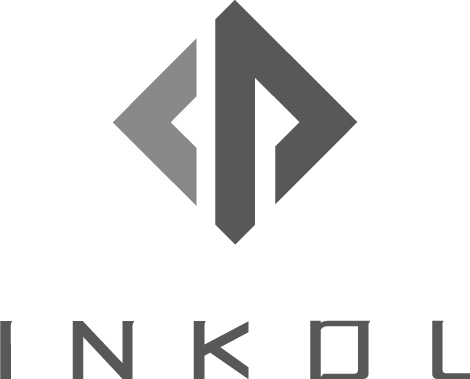Content
For example, previous interactions with your brand can play a role. Typically, conversions are more likely if someone already recognizes your brand. In simple, how much cost is consumed conversion cost formula while bringing a new customer for your product or service is cost per acquisition. It is used in developing a price model for a product and estimating the cost of the final product.
- For the most accurate information, please ask your customer service representative.
- These two components of conversion cost are explained below.
- If you are still not convinced why you should run the conversion cost formula, here are the additional benefits of the formula’s use.
- Typically, it is equal to the sum of entity’s total direct labor cost and total manufacturing overhead cost.
- Some of the charges are shared by both prime and conversion costs.
- Remember that after trying these methods, you can track your progress by recalculating the conversion cost and seeing if it has dropped.
Calculating conversion costs can give you some vital insight into your marketing budget, either o digital or non-digital marketing worlds. It tells you where to spend the money and where not to, which becomes even more critical for small and medium-sized businesses. And calculating conversion costs often will help you stay on your toes.
How to Calculate Cost per Conversion?
Note that the spend we are talking about is the marketing spend. Also, this cost is commonly referred to as cost per conversion . Your current conversion rate determines how much you are able to spend on a lead or a click. If you improve your conversion rate, you can start spending more money on your paid ad campaigns. Whether you’re new to marketing or if you’re a full-fledged digital expert, this guide will provide everything you need to know in order to calculate conversion rate for your website. I hope it’ll provide a framework on how to calculate conversion rate and how to use it to grow your business. If we consider the average order value of these 1000 customers to be $40, the business generated total revenue of $40000.
- Conversion costs are useful in determining the selling price of the product.
- These factors include the industry and your product or service.
- Identify your top converting landing page, and use the data to reallocate traffic to your highest converting pages.
- For moreclick hereand if you are looking for full forms of different acronyms and words then check out thislistyou really gonna find this helpful.
- In that case, it may be worth reallocating your budget to those traffic sources.
- Once you calculate conversion, you can use the information to better allocate your budget and improve returns.
- Additionally, specific user actions represent conversion rates.
To make the frames for the glasses, workers must cut the appropriate length of material and then shape the material into the frame with the help of a frame mold. At the end of every year, after the firm’s inventory count, https://www.bookstime.com/ the firm looks at production costs. Examples of manufacturing overhead include the utilities, indirect labor, repairs and maintenance, depreciation, etc. that is occurring within a company’s manufacturing facilities.
Editorial Process
Once the data starts flowing, it’s time to start using it to have actionable consequences for your business. Review data on a frequent basis to start tracking and improving your conversion rate. Some keywords perform better than others — it’s a simple fact. Looking at keyword conversion rates comparatively can help you identify keywords that have less volume but a higher conversion rate. In that case, it may be worth reallocating your budget to those traffic sources. But not knowing how to calculate conversion rate can sink your ship. The ability to calculate the cost per conversion for your firm presents another question, how much should you actually pay for each conversion?
As reported in Corporate Finance Institute, period costs are the expenses that aren’t incurred by manufacturing a product. The examples of period costs are legal costs, promotion costs, administrative costs and sale commissions. Period costs are recorded in the profit and loss statement of an organization. There is no standard formula for calculating the total period costs.
Difference Between Applied Manufacturing Overhead & Budgeted Manufacturing Overhead
This is so because the materials are added in different quantities and at different stages of production. Though, the overheads and direct labor remain somewhat constant throughout the period. While accounting for the units of output, it becomes confusing to include partially complete units. That is why the partially complete part of work-in-process units is calculated as equivalent units—again, considering the example of XYZ Furniture Company to elaborate this concept further. This typically includes the cost of direct labor and manufacturing overhead (e.g. indirect materials, utility costs, depreciation, etc.). Such costs are useful to calculate the cost of an equivalent unit in a process costing system. The conversion cost is the product’s manufacturing cost which is required to convert the given raw material into a finished product.
- And remember to try out our tips to reduce the cost per conversion.
- User behavior analytics products like WatchThemLive are a great choice because they provide useful insights into customer behavior.
- In simple words, prime costs are all about direct labor and material costs, while conversion costs are all about overhead and direct labor expenses.
- Example #1 – An E-Commerce Company that sells stationery products.
- This allows the firm to tweak its marketing function for a better conversion rate which in term will reduce its CPC and bring in more profits.
- Additionally, knowing what it will cost a firm to turn materials into a finished product assists with product pricing.
- Using the conversion cost formula allows your business to understand what gets your customers to turn their heads.

